
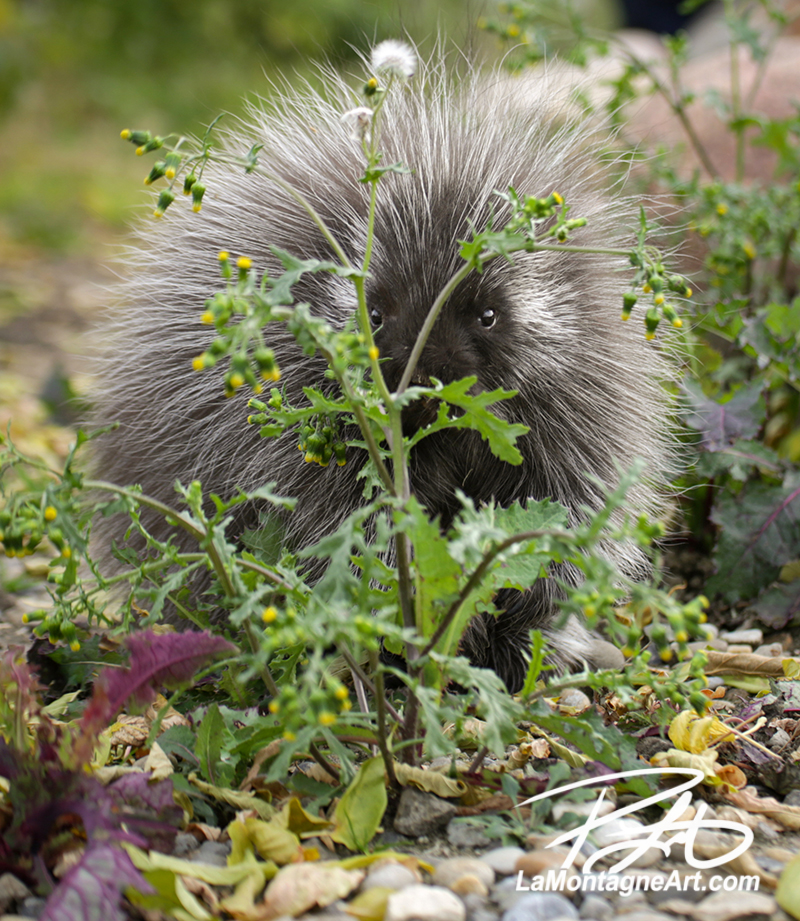 A couple of weeks ago, we drove up to Red Deer for the weekend to visit our folks and spend a windy fall Saturday at Discovery Wildlife Park before they closed for the season. I always enjoy my visits with the animals, but they’re much more fun with Shonna.
A couple of weeks ago, we drove up to Red Deer for the weekend to visit our folks and spend a windy fall Saturday at Discovery Wildlife Park before they closed for the season. I always enjoy my visits with the animals, but they’re much more fun with Shonna.
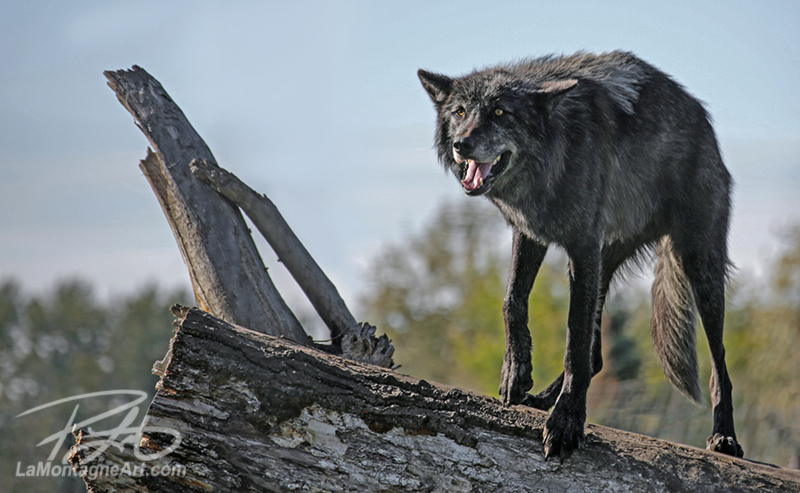 Taking photos of Berkley, Bos and Piper during the educational bear presentations never gets old. I got some nice shots of the timber wolves and lions, photos that already have me planning new paintings.
Taking photos of Berkley, Bos and Piper during the educational bear presentations never gets old. I got some nice shots of the timber wolves and lions, photos that already have me planning new paintings.
Two highlights from this visit were Koorah, their orphaned cougar cub, and Velcro, the baby porcupine (porcupette) rescued from a vehicle strike earlier this year.
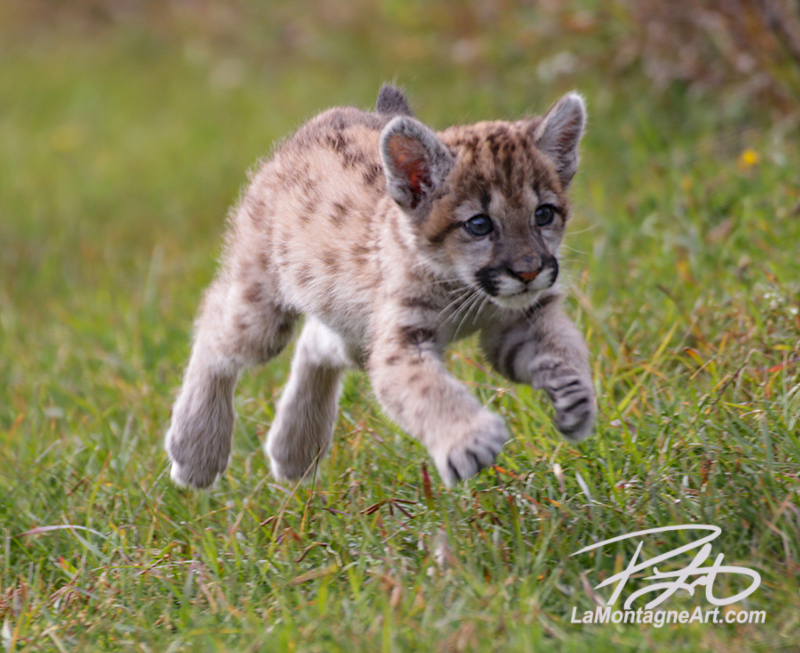 While Alberta Fish and Wildlife rules prohibit the public having physical contact with the cub, I took plenty of photos of him as he ran and played in the grass. As I lay on the ground, he kept running straight at my camera lens until Serena would grab him and move him back. Then he’d do it again. It was a real gift, a lot of fun, and there will be a painting coming.
While Alberta Fish and Wildlife rules prohibit the public having physical contact with the cub, I took plenty of photos of him as he ran and played in the grass. As I lay on the ground, he kept running straight at my camera lens until Serena would grab him and move him back. Then he’d do it again. It was a real gift, a lot of fun, and there will be a painting coming.
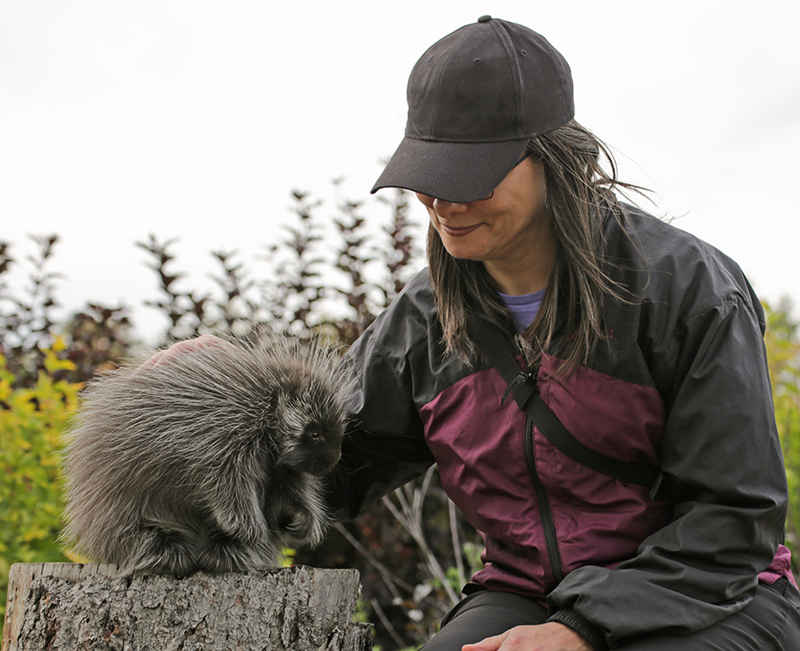 Though we couldn’t touch Koorah, there were no prohibitions about contact with Velcro, and Shonna was smitten with the little guy. He seemed to enjoy her attention, and aside from a couple of little unintentional quill pokes here and there, we came away without injury.
Though we couldn’t touch Koorah, there were no prohibitions about contact with Velcro, and Shonna was smitten with the little guy. He seemed to enjoy her attention, and aside from a couple of little unintentional quill pokes here and there, we came away without injury.
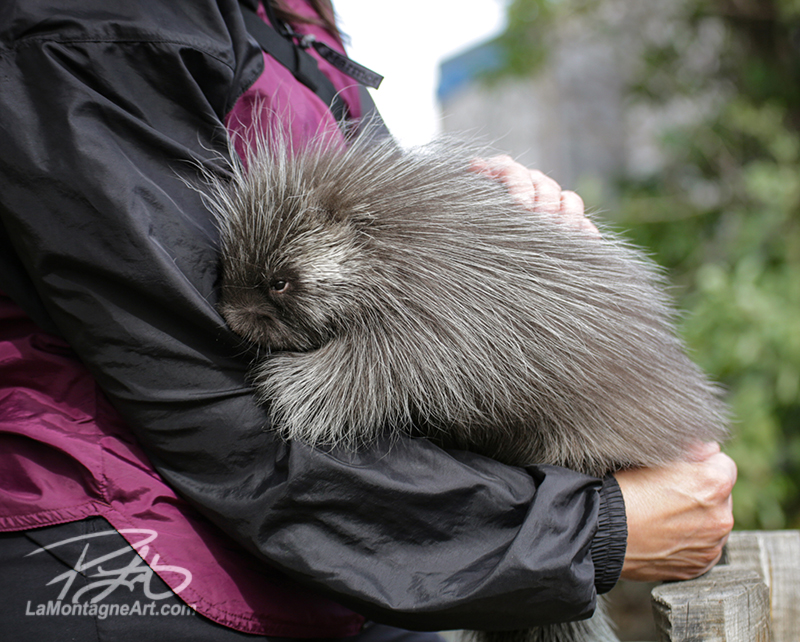 It was a wonderful experience, thanks to Serena, Mary and Belinda, who always treat us like family.
It was a wonderful experience, thanks to Serena, Mary and Belinda, who always treat us like family.
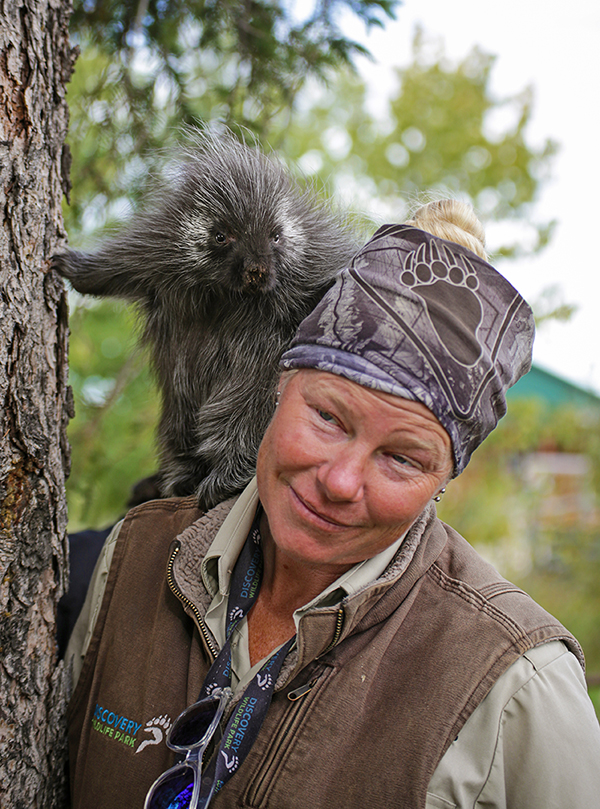 I took over 3,500 photos, which could be my record for a single day. A professional photographer might criticize my spray-and-pray method, and some have. It means I point the camera, hold down the shutter so it sounds like a machine gun, and gamble that one of the action shots might give me something from which I can paint.
I took over 3,500 photos, which could be my record for a single day. A professional photographer might criticize my spray-and-pray method, and some have. It means I point the camera, hold down the shutter so it sounds like a machine gun, and gamble that one of the action shots might give me something from which I can paint.
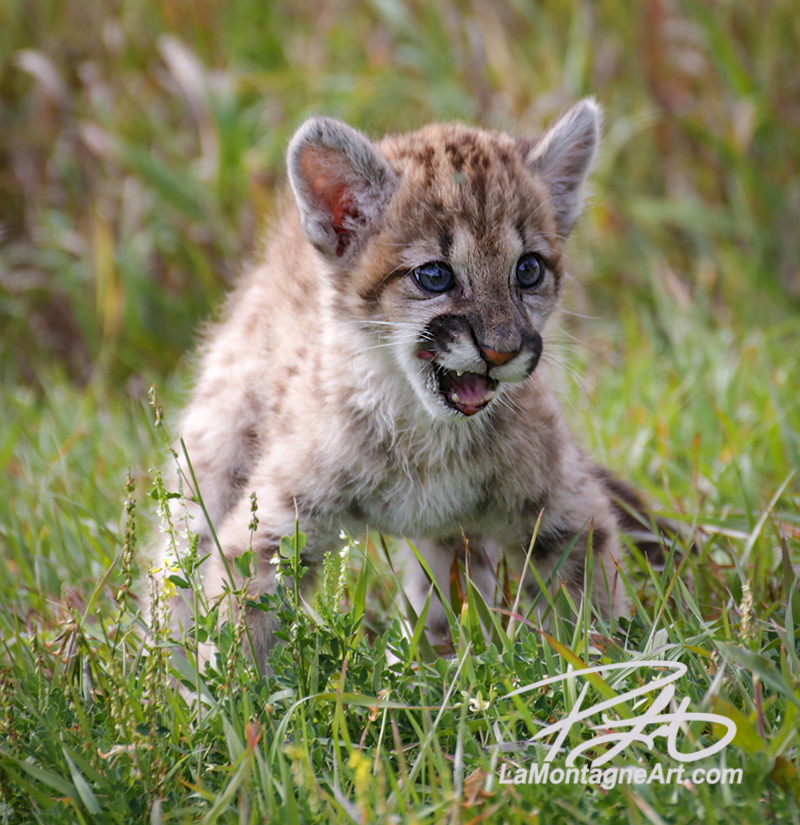 As I’ve written many times, I do not want to become a professional photographer. I’m looking for painting reference, and there have been plenty of times when the accidental surprising shots inspire the art that follows. So, waiting for the perfect shot and then firing the trigger, as many skilled photographers do, means I might miss out on a look, pose, or head turn that inspires a future piece of art.
As I’ve written many times, I do not want to become a professional photographer. I’m looking for painting reference, and there have been plenty of times when the accidental surprising shots inspire the art that follows. So, waiting for the perfect shot and then firing the trigger, as many skilled photographers do, means I might miss out on a look, pose, or head turn that inspires a future piece of art.
As for those thousands of photos, I only keep a small percentage.
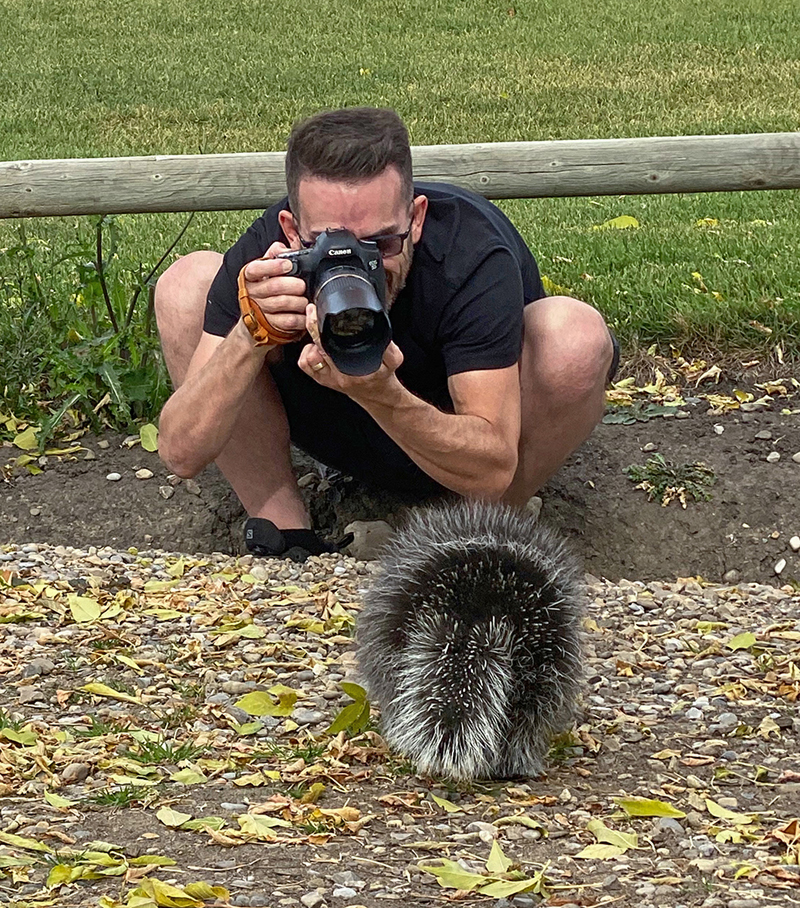 There are two camera cards in my Canon 5D Mark III camera. I don’t need RAW files, so I set it to save duplicate JPEGs. It doesn’t happen often, but camera cards can fail, so duplicate cards are my insurance.
There are two camera cards in my Canon 5D Mark III camera. I don’t need RAW files, so I set it to save duplicate JPEGs. It doesn’t happen often, but camera cards can fail, so duplicate cards are my insurance.
I download the photos to my computer when I get home and begin to go through them. The questions I’m asking with each pic are, “Is this a photo that makes me feel something?”, “Do I like this photo?” and most importantly, “Can I paint from this?”
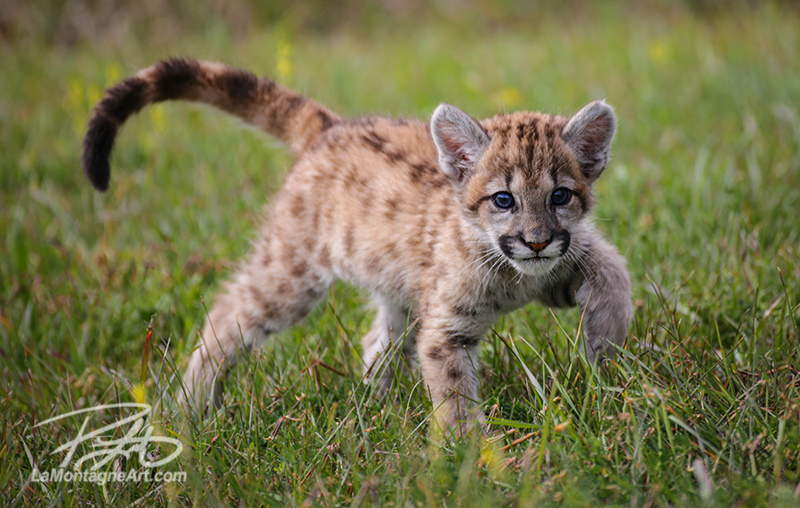 Everything else goes in the trash.
Everything else goes in the trash.
Because I have other work to do each day, it usually takes me a few days to complete the first pass. From this excursion, it took me from Sunday evening to Thursday morning, and when it was all done, I had discarded almost 3,000. It could have been out of focus, poor lighting, or a useless pose; who knows?
571 photos remained in the first pass folder.
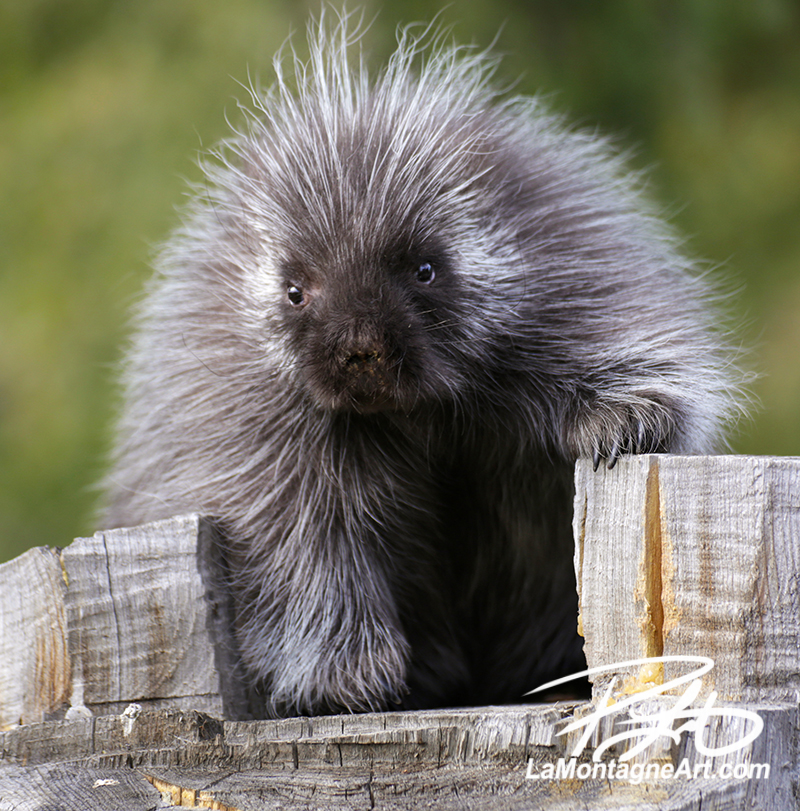 It feels great to eliminate that many so soon because too much choice is overwhelming. I let them sit for a day or two before going back to ask those same questions again.
It feels great to eliminate that many so soon because too much choice is overwhelming. I let them sit for a day or two before going back to ask those same questions again.
Will I really paint from this? Really? If I was going through my folder for this animal, would I consider this at all? Is there anything of value in this photo that can contribute to a painting, like a closeup of texture detail or an expression?
It took me another week to whittle them down to 322.
I don’t like clutter, which also applies to hard drives filled with images I won’t ever need. After my aggressive weeding, I’ve got photos that will inspire paintings or provide the reference detail I need to paint my best work.
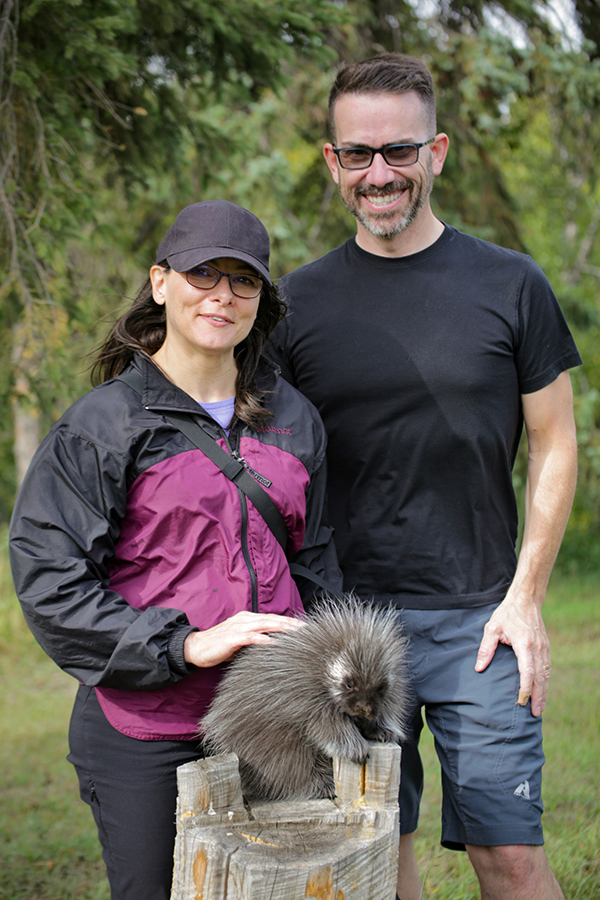
Then, I divide them into photos for reference and pictures I want to keep for memories of the experience or share in a post. These are pics of people with whom I shared the day or ones I can use to tell the story of the experience, like the one you’re reading here.
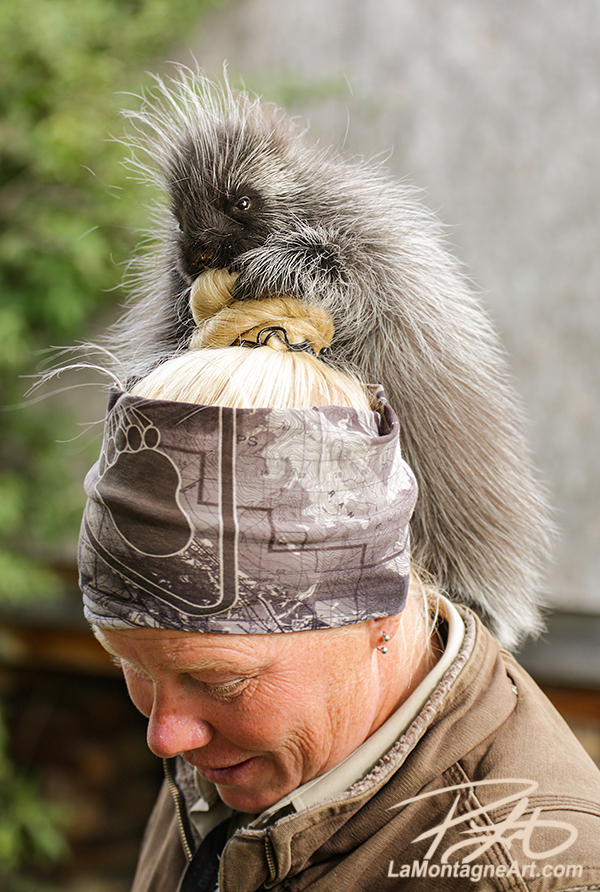 I edit the photos I’ll share, but not the ones I save for reference, aside from perhaps cropping out unnecessary background. That helps save file space.
I edit the photos I’ll share, but not the ones I save for reference, aside from perhaps cropping out unnecessary background. That helps save file space.
Finally, I sort the remaining photos into my reference library, which contains over a hundred folders for different animals.
I have a custom-designed desktop PC, so every file I save is mirrored on two hard drives. If one drive fails, the other is a replica that switches over immediately. It then provides a warning for me to replace the damaged drive. Once I do, the mirror rebuilds. This system saved me a lot of time and work on a previous computer. I had two hard drive failures over six years and didn’t lose one file.
But I also have a backup of everything online with Dropbox and two portable external hard drives. My photo reference library is extensive, not to mention 20+ years of cartoons, illustrations and paintings. Strangely, my entire career fits inside a chunk of plastic smaller than a paperback novel.
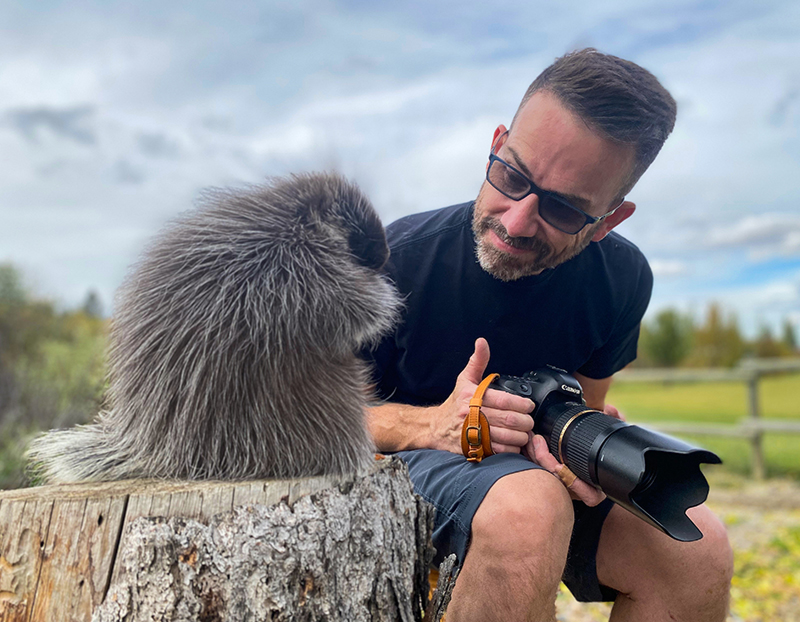 Because of other commitments and projects on the go, it will be a while before I start any new paintings from the photos I shot on this trip to Discovery Wildlife Park, but I’m looking forward to that opportunity this winter.
Because of other commitments and projects on the go, it will be a while before I start any new paintings from the photos I shot on this trip to Discovery Wildlife Park, but I’m looking forward to that opportunity this winter.


SUPER images, Patrick!! Can’t wait to see what comes out of them.
Thanks, Paul! I didn’t even share the best ones. Those I’m saving for reference. 🙂
Awesome photos as always. I love the baby porcupine and you two. Thanks for sharing ! Marion
Thanks, Marion. Glad you like ’em.